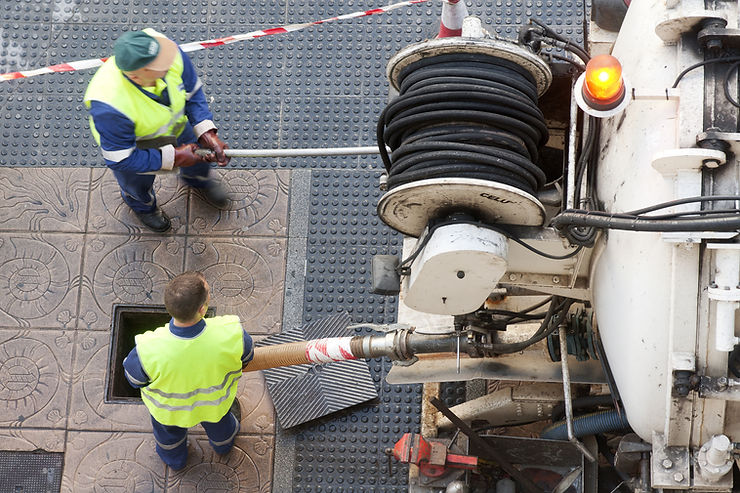How Does the Biological Wastewater Treatment Process Work?
- In-Pipe Technology

- May 14, 2021
- 2 min read
Updated: Sep 20, 2021
The biological wastewater treatment process is important because the water brought into a wastewater treatment plant is contaminated. Water coming in from sewers or residential septic tanks is filled with urine, feces, and dirty water from showers, laundry, dishes, etc.

Even industrial wastewater that comes in will contain contaminants as well. So you can imagine how important it is to clean the wastewater water before releasing it into natural water sources.
Before any of this wastewater heads back to the surrounding streams, lakes, or public water systems, it needs to be cleaned and disinfected. To do that, the wastewater that comes into a wastewater treatment plant goes through a series of processes, including biological wastewater treatment.
The two main types of wastewater treatment processes are called: primary and secondary. Primary wastewater treatment is used to remove suspended solids waste, reduce the biochemical oxygen demand and increase the dissolved oxygen in the water.
Because the primary wastewater treatment only reduces the biochemical oxygen demand by 30% and reduces the suspended solids by 60%, the wastewater needs additional treatment.
The secondary wastewater treatment involves a complex biological process used to remove any additional organic matter left behind after the primary wastewater treatment is complete. There are several kinds of biological wastewater treatments, and depending on whether or not oxygen is present, they are classified as anaerobic, aerobic, or anoxic.
Biological anaerobic wastewater treatments occur when oxygen is absent. These anaerobic treatments are usually used when dealing with highly concentrated wastewater.
Biological aerobic wastewater treatment takes place in the presence of oxygen and tends to work faster. It also results in cleaner water than anaerobic treatments, so they are the preferred type of wastewater treatment.
With anoxic biological wastewater treatments, the microorganisms present use other molecules within the waste wastewater to multiply whether oxygen is present or not. These wastewater treatments help remove selenates and selenites, nitrates and nitrites, and sulfates from the wastewater.
It’s estimated that the above-mentioned biological wastewater treatments can remove up to 90% of the wastewater’s contaminants. However, wastewater will still need to go through a tertiary wastewater treatment process to remove nutrients, heavy metals, and other impurities that remain.
To learn more about our biological wastewater treatments and the service that we offer, give us a call today!





Comments